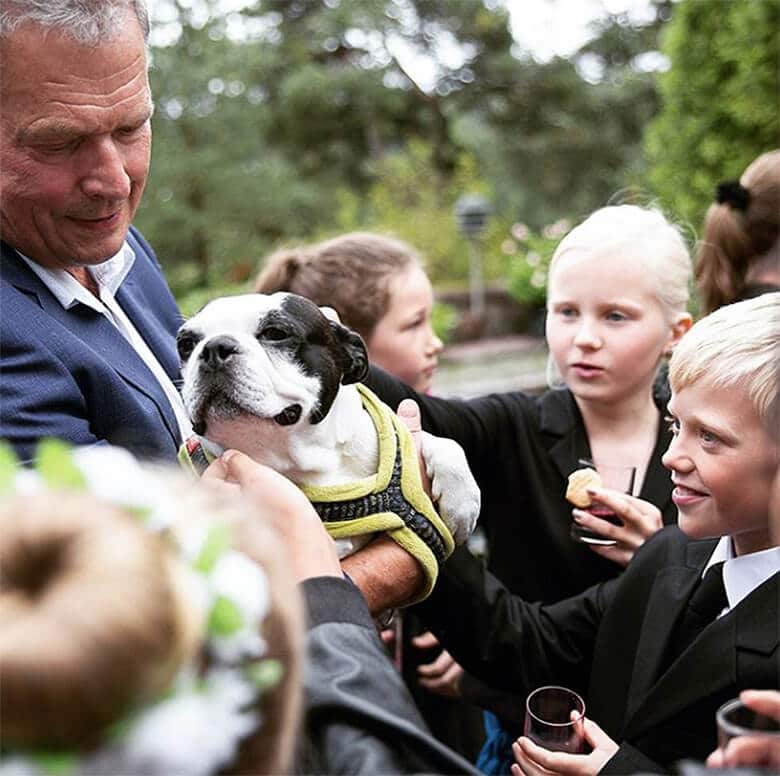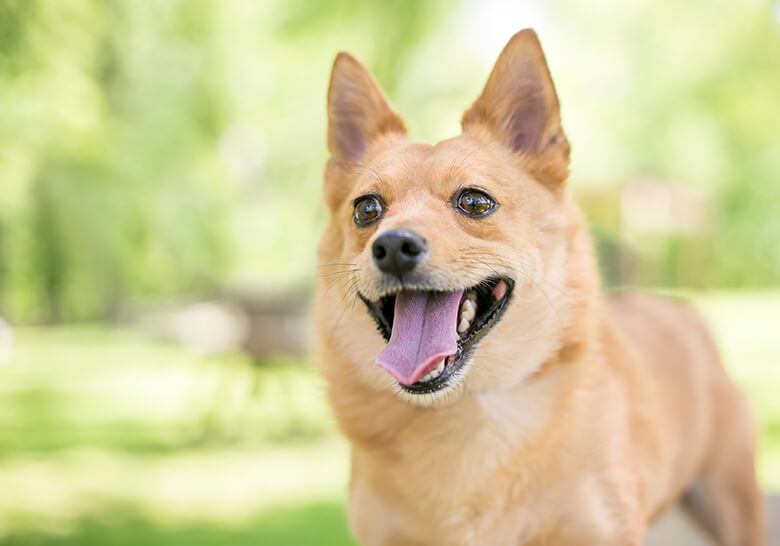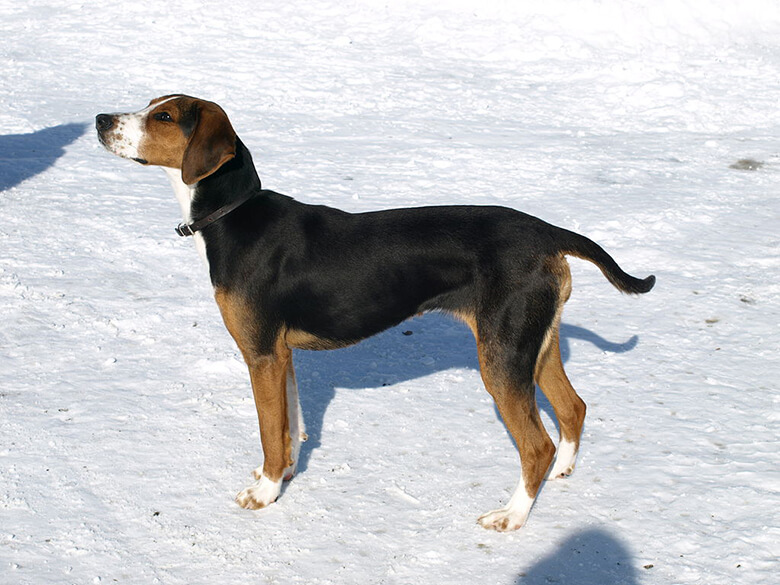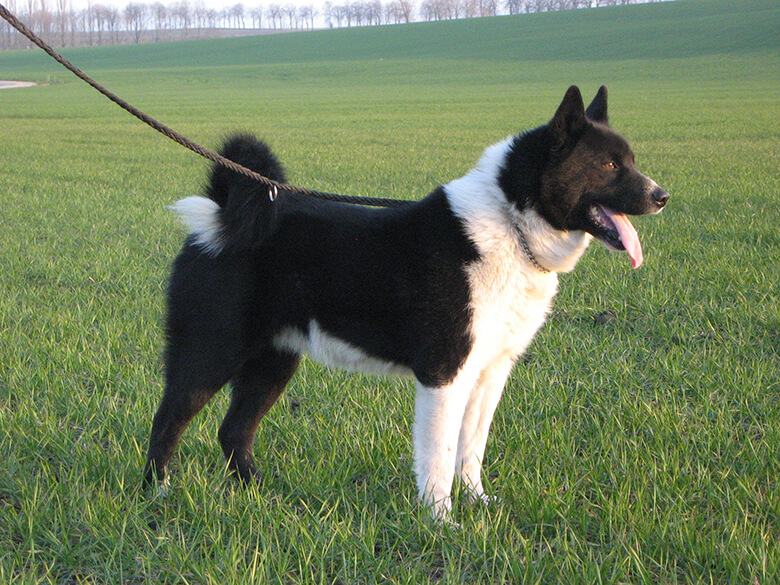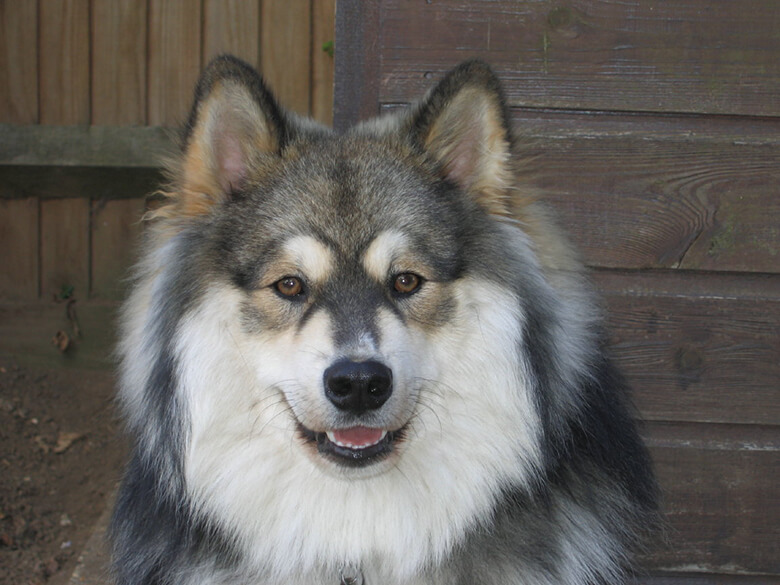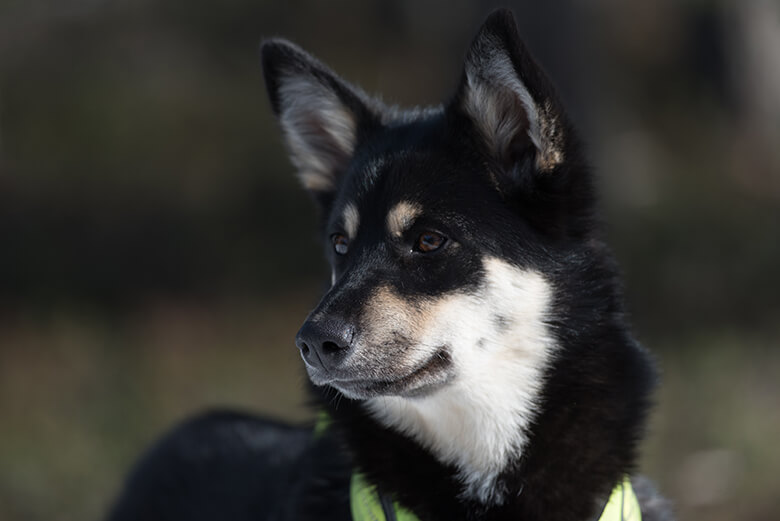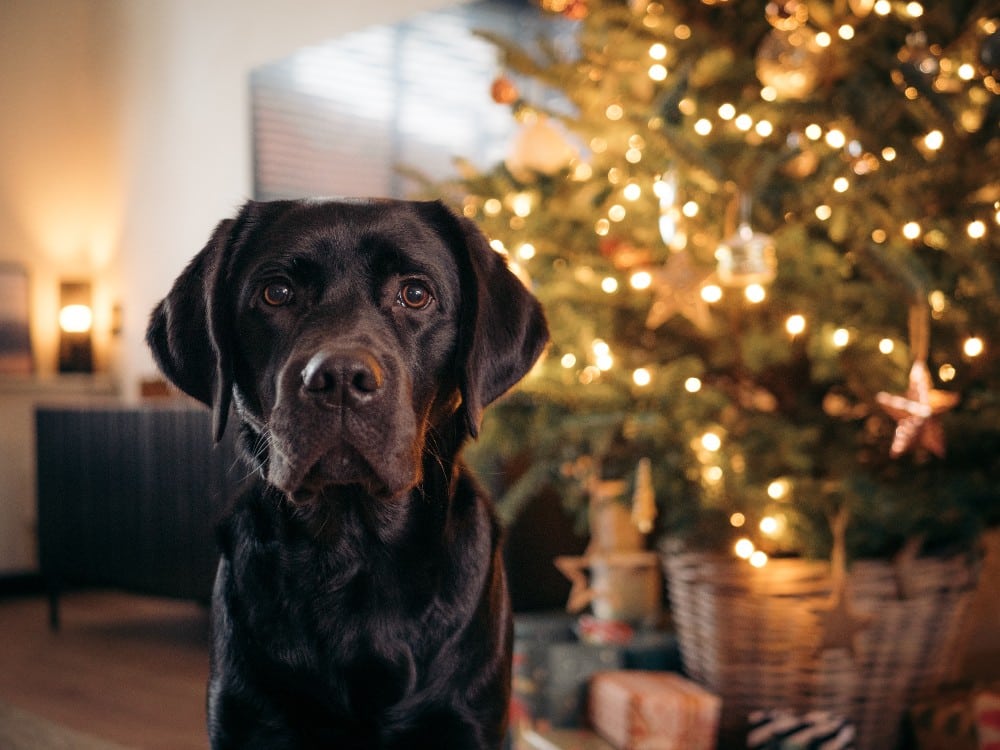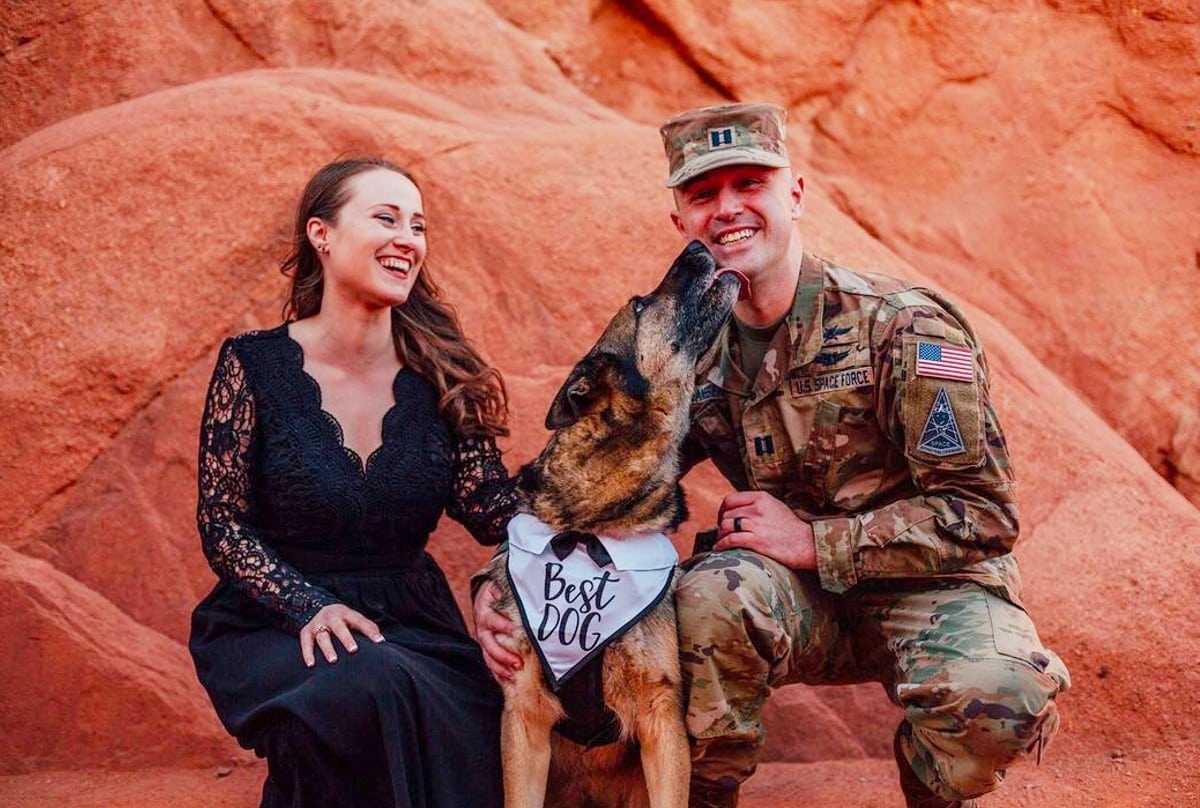In our series Dogs Around the World, we look what it is like for our four-legged friends to live in different countries.
For many years, the Finnish Hound was the most popular dog in Finland. The rise of more urban environments changed that.
Retrievers became more popular. Yle Uutiset, the main news program of Finland’s national public broadcasting company, reports that for the last seven years, the Labrador Retriever came in as Finland’s most popular dog according to Finnish Kennel Club registrations. Out of the 46,000 pups registered in 2016 with the FKC, 2,000 were Labs.
The Swedish Elkhound took second place and the Finnish Spitz came in at third. “The Kennel Club said that homegrown breeds have managed to cover ground to catch up with the well-known global breeds,” Uutiset news reports. Other national breeds rose in the ranks, including the Finnish Lapphund, particularly popular with reindeer herders, and the Karelian Bear Dog and Finnish Spitz.
Related: Can Dogs Really Understand Our Words? A Study Set Out to Find the Answer.
It’s likely that you’ve never seen a Karelian Bear Dog at the local dog park, but, that’s not surprising. The breed is one of only a handful of Finland’s native dog breeds.
Want to Save 15% on our Finnish dog bowls by Magisso? Enter HAPPYBOWL at checkout.
Learn more about the dogs of Finland below:
Finland’s Native Dog Breeds
The Finnish Spitz
The Finnish Spitz is a dog bred exclusively for hunting. It’s known as the Suomenpystykorva (pronounced SWOH-men-pi-stih-KOR-vuh), which means Finnish Pricked Ear Dog, or as the Finnish Barking Bird Dog because it barks to alert hunters to the location of game. It is the breed most associated with Finland’s cultural heritage and history (and is the country’s national dog breed).
This breed is primarily used to hunt game birds and small game, such as squirrels, weasels, and grouse, as well as retrieve birds when they are shot down. They bark at a bird that’s perched high up in a tree, and while the bird is focused on the dog, the hunter can creep into hunting distance.
They were developed when Finnish hunters, who had primarily used foreign breeds, decided to breed a native hound hunting dog that would be suited specifically for Finland’s hunting conditions. Because their hunting instinct is very strong, the Finish Spitz cannot be left untethered, and they are not suitable for living in urban environments as they tend to bark unnecessarily.
The Finnish Hound
The Finnish Hound (Suomenajokoira) was developed from a breeding program in the 1800s with the goal of creating a hunting breed that would thrive in Finland’s weather. This breed is almost exclusively used for hunting hares and foxes as breeders will not sell puppies as show dogs or pets. Finnish Hounds even have their own event: the Kilpa championship. The winner is crowned King of the Hunt (Ajokuningas).
Traditionally, Finland’s farmers hunted as part of their livelihood, and while people don’t generally hunt there today to survive, it is expected that hunters will eat what they kill or use the fur for (necessary) winter coats.
According to the “Best Breeder of Finland,” “The Finnish Hound is bred to drive hare and fox in Finland’s ascetic and snowy landscape. His unfailing eagerness to hunt during several consecutive days up to 5 – 10 hours per day, his audible barking with several tunes, and his ingenious ability to solve the hare’s or foxes complicated misleading trials are the best qualities of a Finnish Hound.”
The Karelian Bear Dog
The Karelian Bear Dog (Karjalankarhukoira) is an old breed that is thought to have originated in northeastern Europe and Scandinavia as far back as Neolithic times. They are fearlessly brave, intelligent, confident, energetic and stubborn.
This powerful medium-sized breed, weighing from 44 to 49 pounds, is a lean, mean, hunting machine, bred to hunt large game by itself, including bears, lynx, elk, deer, wild boars, wolves and moose. They are also known as “bear herders” as they will get up in a bear’s face and bark until they drive the bear away.
These dogs hunt silently and only bark to alert their human that they have the game treed or at bay, and they will keep their prey cornered until the hunter arrives. They extremely loyal to their humans and make excellent watch dogs.
The Finnish Lapponian Dog
The Finnish Lapponian Dog (Suomenlapinkoira) was bred to herd reindeer by the semi-nomadic Sami people of Lapland. This breed has a long, double coat that makes them suited to work outside in the frigid temperatures north of the Arctic Circle.
The breed is intelligent, courageous, gentle, and friendly; they make great companion dogs (for those who don’t have a backyard full of reindeer). They are also cute and cuddly with a bushy tail that curves over their back.
Originally called the Finnish Lapphund, this breed needs to work. They are excellent at herding animals other than reindeers, like sheep, and they excel at agility, tracking, mushing, and other canine activities that involve a lot of full-out running.
Lapponian Herders
It’s possible that the Lapponian Herder originated in pre-historic times, but that’s up for debate. What’s obvious is that this breed differs from the other national breeds in terms of appearance: it has a shorter coat and it doesn’t carry its tail curved over the back.
These are herding dogs, also developed by the Sami people, an indigenous group of Northern Europe that once lived in the Sápmi, an arctic region, which now encompasses parts of Sweden, Norway, Finland and Russia.
Bred to herd reindeer, they are high energy dogs with high exercise needs. They need a job, but do well in dog sports such as herding trials, agility, obedience, fly ball, tracking and others activities.
The Famous Dogs of Finland
Most cultures have their fan favorites when it comes to dogs. In England, we bow to the Queen’s corgis. In America, we have the First Dogs Bo Obama and Millie Bush, Lassie and Rin Tin Tin.
But most people on this side of the ocean don’t know about Finland’s famous dogs. This Dog’s Life would like to introduce you to a few. We’re sure you’ll love these babies as much as the Finns do!
Lennu, the First Dog
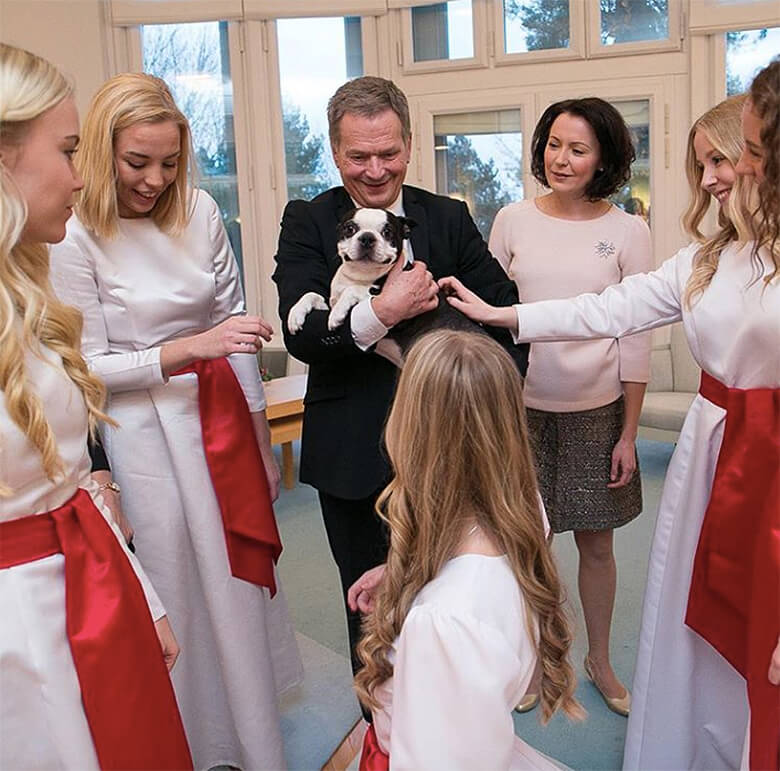
Image Credit: Instagram/tpkanslia
Finland has fallen in love with the President of Finland’s dog, Lennu. It’s easy to see why. With a goofy smile, wrinkly face, and scene-stealing antics, President Sauli Niinistö’s Boston terrier is frequently filmed and photographed accompanying his owner, often leading the way with a stuffed animal in his mouth (when he’s not being carried like a baby) — and keeping the cameras on him (where they belongs).
Related: Meet the Woman Saving the Dogs of Cuba
Recently, Lennu came down with the dog flu, but the President kept his citizens appraised. Word came down that Lennu had recovered, but the 7-year-old flat-faced dog would be taking a much needed “election vacation.”
Lennu has a signature cake, a profile in the New York Times, and his own Instagram account. There’s even a mobile app starring the dog called Lennu Run – and that’s the sign of true celebrity status. Some even credit Lennu with the President’s reelection this year.
Rokka, Finland’s First Ivory Dog
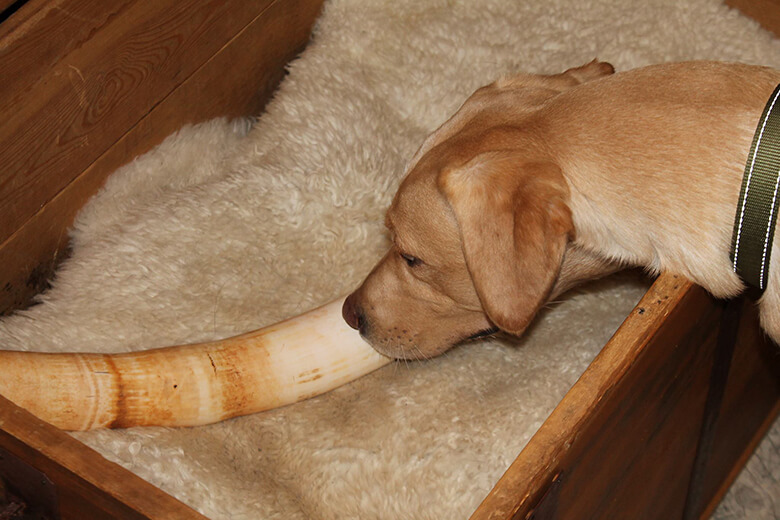
Image credit: Facebook
Finland’s first ivory-sniffing dog, Rokka belongs to former Finnish policeman Toni Lahtinen, who founded the Finnish non-profit dog training NGO, Team Rokka, to provide services to organizations and law-enforcement involved in wildlife conservation. It took around six-months for Rokka to learn how to detect ivory, guns, cocaine and heroin.
The first pilot program launched in 2015 in Tanzania alongside Tanzanian special forces’ anti-poaching operations. Rokka became legendary by first busting the “Queen of Ivory,” Yang Feng, in August 2015, followed in October 2015 by finding evidence against the ivory trade’s most wanted man, a poacher name Shetani (or the Devil).
Want to Save 15% on our Finnish dog bowls by Magisso? Enter HAPPYBOWL at checkout.
The arrest of Shetani (and Rokka’s contribution) was captured on film by the Finland broadcast team, who went on to produce the series Ivory Dog and by Leonardo DiCaprio‘s production crew for the American documentary, The Ivory Game, available on Netflix.
Hetta Huskies
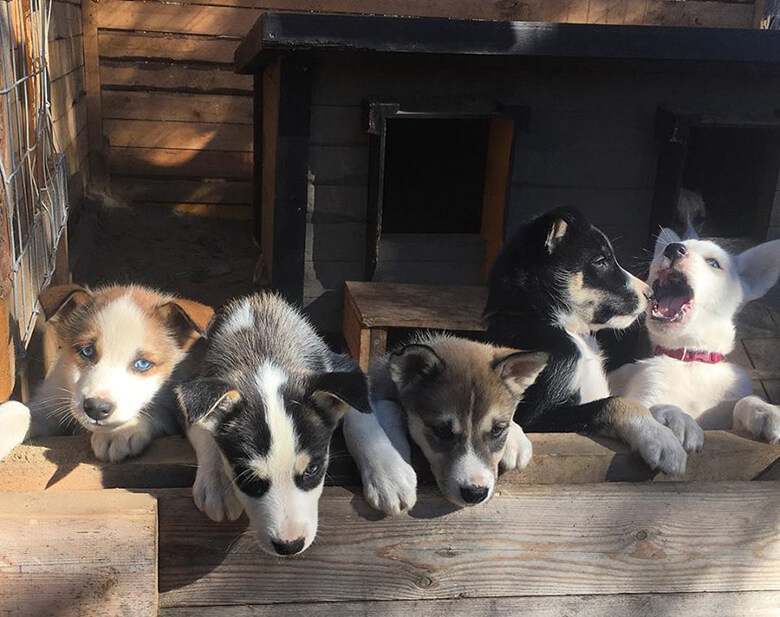
Image Credit: Facebook
Located in the Arctic Circle in the Fell Lapland region in Finland’s far north, the famous Hetta Huskies sled dogs are cared for by Pasi Ikonen and his British wife, Anna McCormack. The couple take care of over 200 Alaskan huskies as well as a few Siberian huskies from two primitive Siberian breeds: Taimyrs and Nenet Laika crosses.
The farm offers mushing expeditions including short and longer (up to eight days) Arctic Mushing packages. They are known for the level of care they give to their dogs; in 2015, they won Gold in the World Responsible Tourism Awards in the category of Best Animal Welfare Initiative.
The couple is working on a project in the EU to raise the standard of care and safety for dogs in Northern Europe. These dogs live in insulated kennels and are groomed every day while clients are “encouraged to give treats, massages and cuddles and to spend time plucking and grooming them.” There’s even a section to sponsor an older dog in retirement or adopt a Husky who’s looking to crash on a soft, warm indoor couch.
Related: Check Out Our Amazing Getaway Up to the Country Where Our Dogs Went Wild













